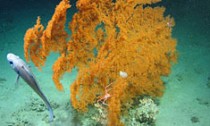
Marine scientists have discovered four deep-water coral reefs to the west of Ireland using an underwater robot. The discovery was made by following a mathematical model which shows where reefs are likely to grow. Similar technology has been used to map large areas of the seabed in Irish and Norwegian waters.
The scientists from Plymouth University and the National University of Ireland in Galway hope this breakthrough will help protect these fragile ecosystems.
Read More

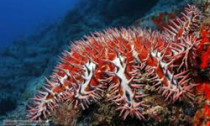


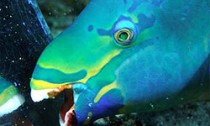
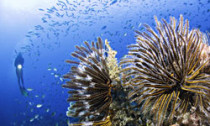
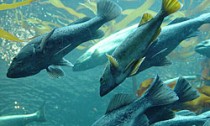
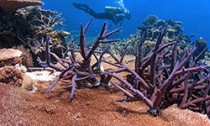
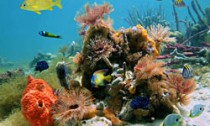


Social Profiles